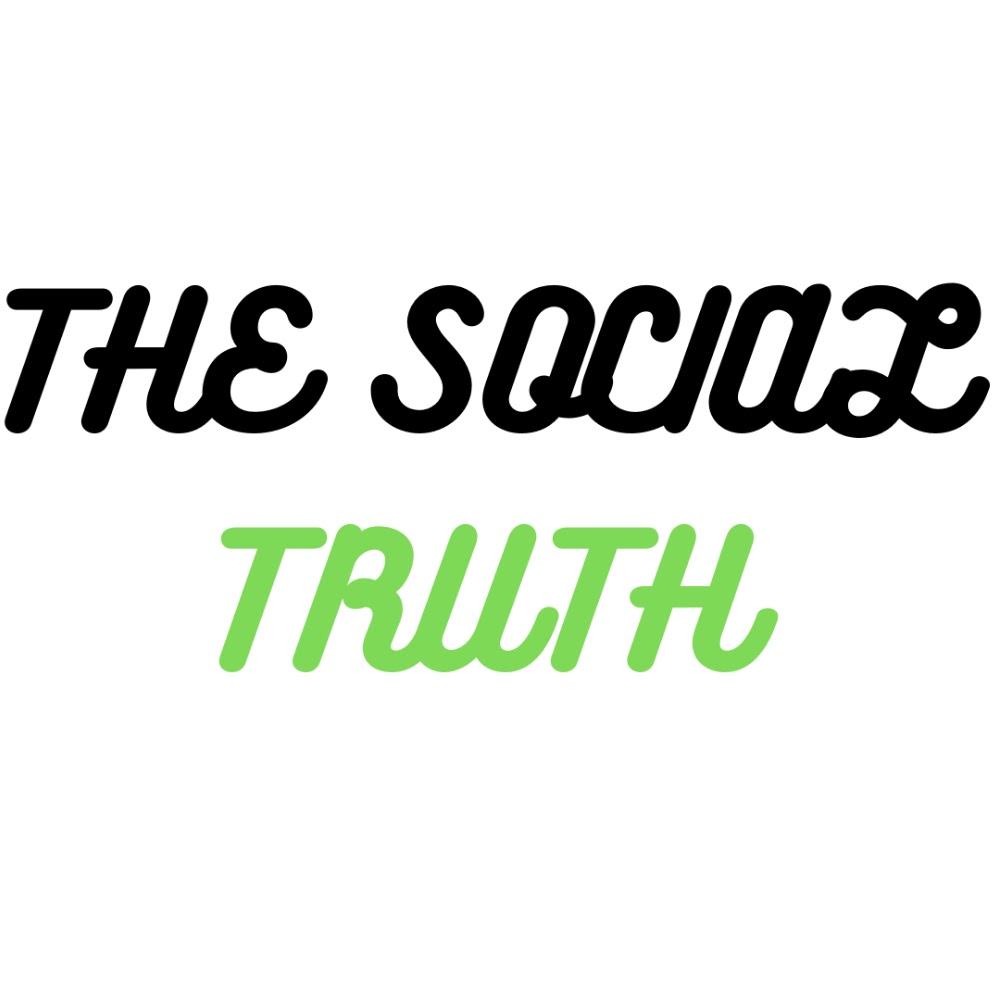Personal care products marketed to women—such as shampoo, razors, body wash, and lotion—are often priced higher than their male counterparts, despite minimal differences in formulation or function. This pricing disparity is a clear example of gender-based economic discrimination, reinforcing existing societal inequalities.
With the gender pay gap already limiting women’s earnings, they are further penalized—paying more for identical products merely due to gendered marketing.
2. UK Parliamentary Debate on Gendered Pricing – In Britain, gender-based pricing was debated in Parliament after consumer advocacy groups highlighted cases where women paid significantly more for identical products. While formal complaints were limited, public discourse led to increased awareness and scrutiny.
3. Consumer Advocacy and Digital Marketplace Issues – Organizations like Consumers International have raised concerns about gender-based pricing in digital marketplaces, noting that women often face higher costs for similar products and have limited options to challenge these disparities.
4. California Study on Gender-Based Pricing – Research in California found that women spend an extra $1,351 per year due to gender-based pricing disparities, including higher costs for personal care products, clothing, and dry cleaning. While this study highlighted the issue, formal complaints remain relatively low.
How Are Nations, Including India, Addressing the Pink Tax?,
Does the Government Really Stay Uninvolved in the Pink Tax?,
While the Pink Tax isn’t a direct government-imposed tax, governments indirectly benefit from higher sales tax revenue on gendered pricing and corporate taxes on businesses profiting from it. Additionally, weak regulations allow companies to continue gender-based pricing, making government inaction a silent enabler rather than a neutral bystander.
In India, corporate tax collections from consumer goods and retail sectors significantly contribute to the total ₹9.11 lakh crore corporate tax revenue (FY 2023-24). This revenue stream highlights how governments passively profit from gendered pricing strategies, reinforcing the need for intervention.
But if governments actively enforced regulations, gender-based pricing could be dismantled swiftly. Stronger consumer protection laws, stricter oversight on corporate pricing, and targeted tax policies could force businesses to price fairly rather than exploiting gendered marketing.
The fact that this disparity persists suggests that government inaction isn’t accidental—it’s a choice. Whether due to economic interests, corporate influence, or sheer neglect, the lack of intervention allows this issue to remain unchecked.
Call to action,
While systemic change is necessary to eliminate
gendered pricing, individual consumers wield significant power. By opting for
gender-neutral alternatives, questioning price disparities, and making informed
purchases, people can resist unfair pricing strategies. The Pink Tax thrives on
consumer passivity—but awareness, comparison shopping, and rejecting overpriced
'women’s versions' of identical products can gradually dismantle this silent
financial burden.
References:










0 Comments